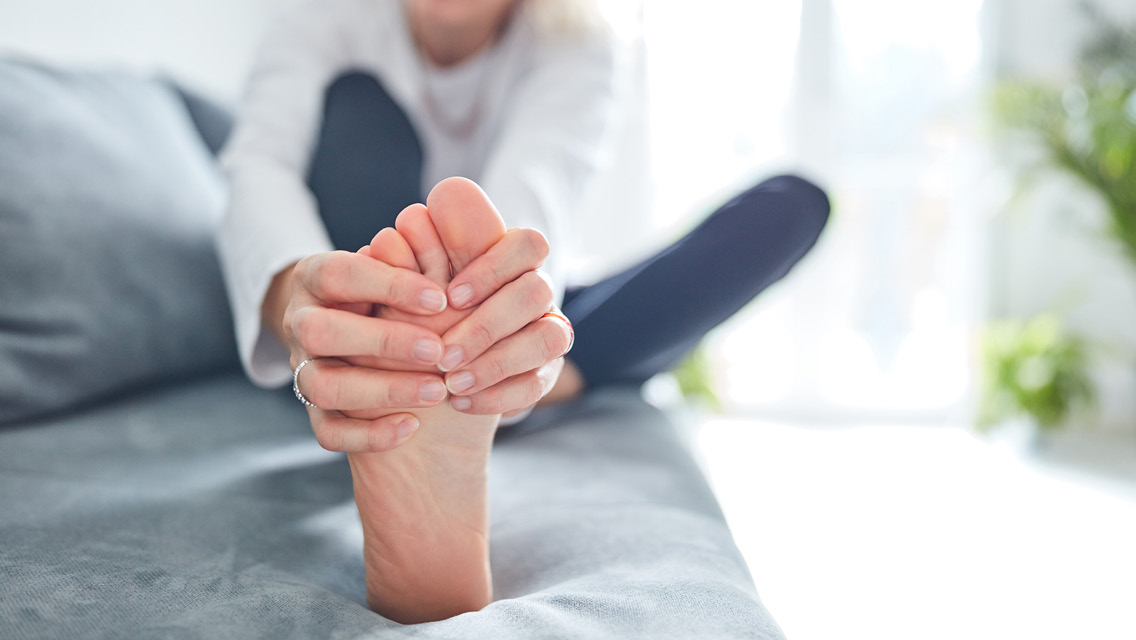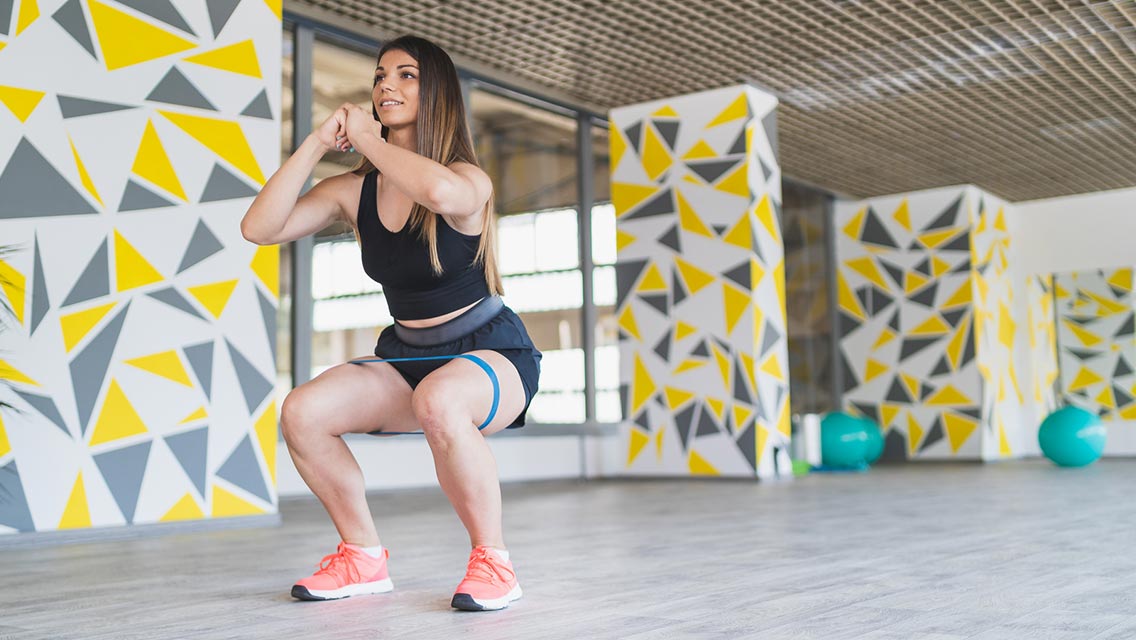Inflammation and pain in the band of connective tissue that runs along the bottom of your foot from your heel to the base of your toes can be triggered by gaining weight, wearing high heels, and running longer or harder than you typically do. When this condition, called plantar fasciitis, strikes, take a break from all activities that could aggravate the area, says Ann Frederick, founder and creator of Fascial Stretch Therapy and coauthor of Stretch to Win. And resist the urge to foam roll or massage the area aggressively: “You’ll just irritate the tissue,” she says. Instead, try the moves below, which will help mobilize your ankles, calves, and lower legs. “Most of the time, that’s where the problem lies. Your foot is just the blameless victim.”
Do eight to 12 reps on each side (or more or less until the tissue loosens up) twice daily while you’re experiencing symptoms. If you’re not better in two weeks, visit a massage or physical therapist for a customized program. Still no help? Schedule an appointment with an MD to discuss other possible treatment options.
Wall-Facing Ankle Mobilization

- Stand facing a wall, toes 3 to 4 feet from the baseboard.
- Brace your hands against the wall, and step your right foot forward about 2 feet.
- With feet flat and toes pointed forward, bend your left knee until you feel a stretch in your calf.
- Pause briefly, moving between the straight-leg and bent-knee positions.
- Perform the appropriate number of reps, tracking your left knee along a slightly different angle inward or outward on each rep. Switch legs and repeat.
Seated Ankle-Evertor-Muscles Stretch
- Sit in a chair and cross your legs so the outside of your left ankle rests on your right knee.
- Gently hold the ball of your left foot with your right hand.
- While holding your left ankle still with your left hand, gently pull your left foot into a pointed position, then rotate your foot so that the big-toe side moves toward the ceiling and you feel a mild stretch in your left calf or ankle joint.
- Move in and out of the stretched and neutral positions before switching sides.





This Post Has 0 Comments